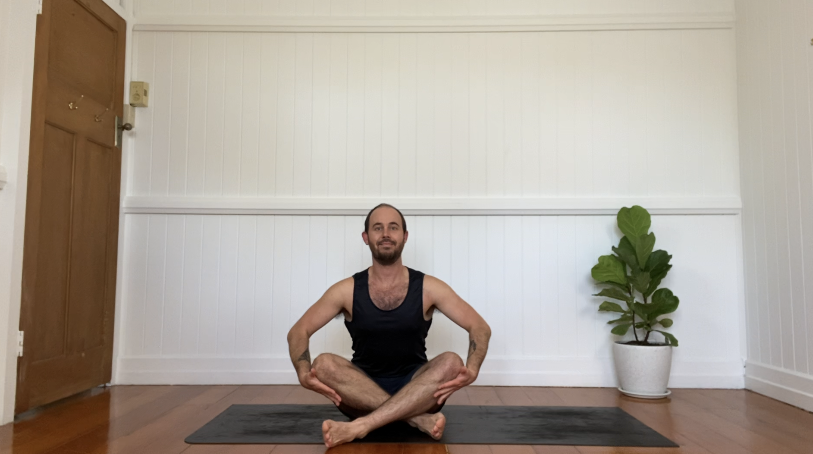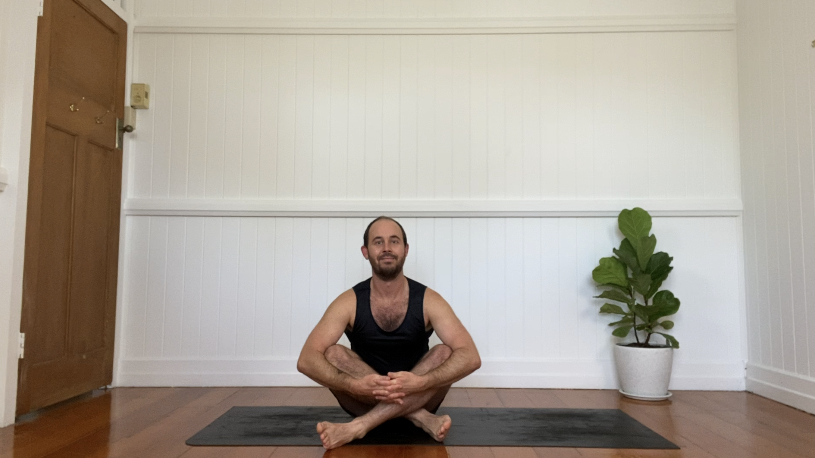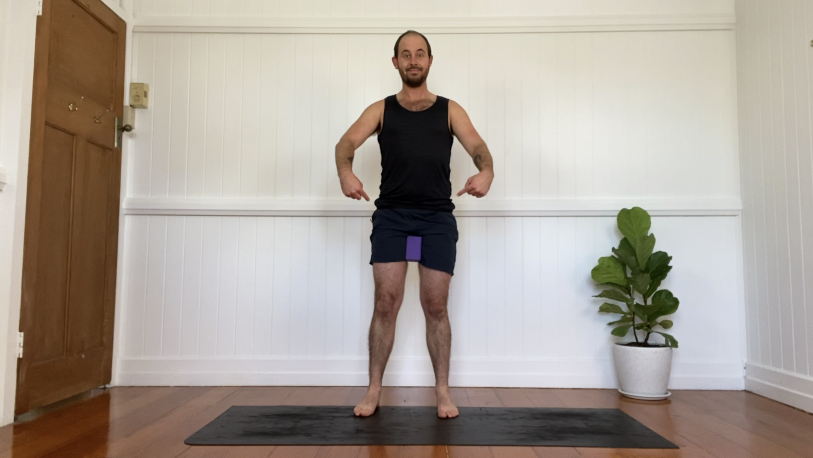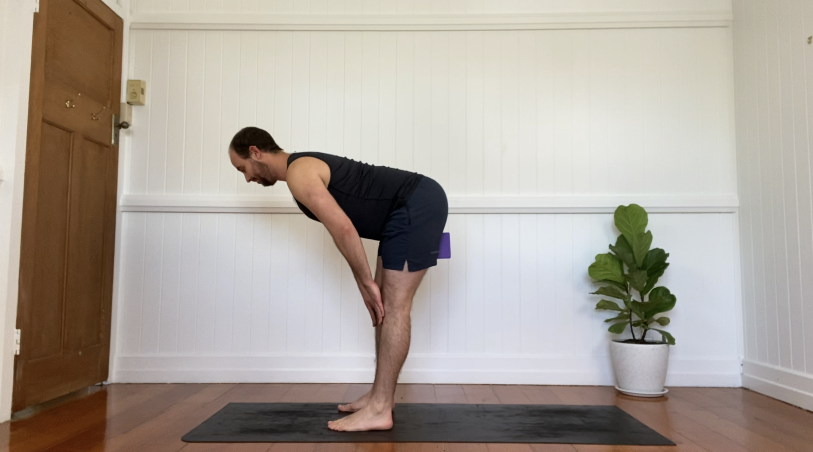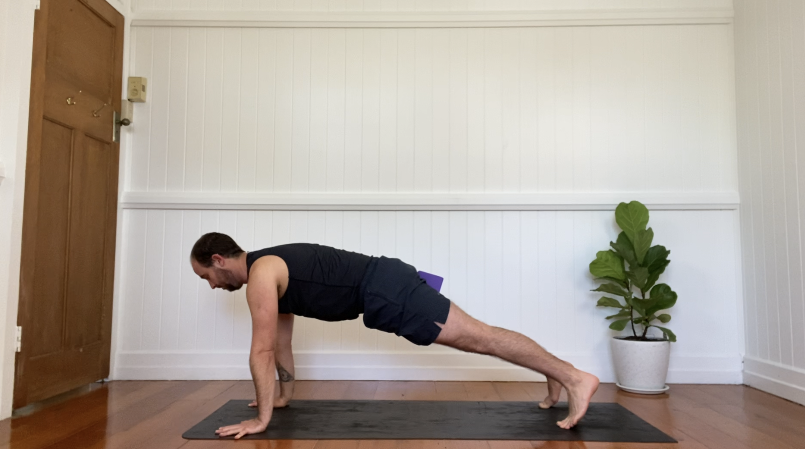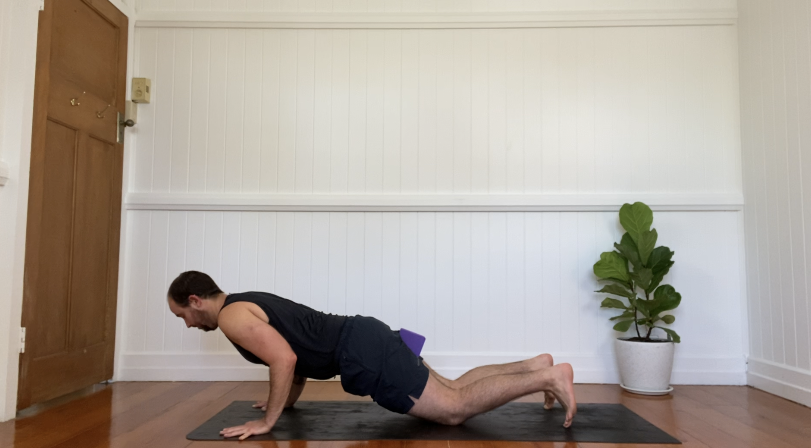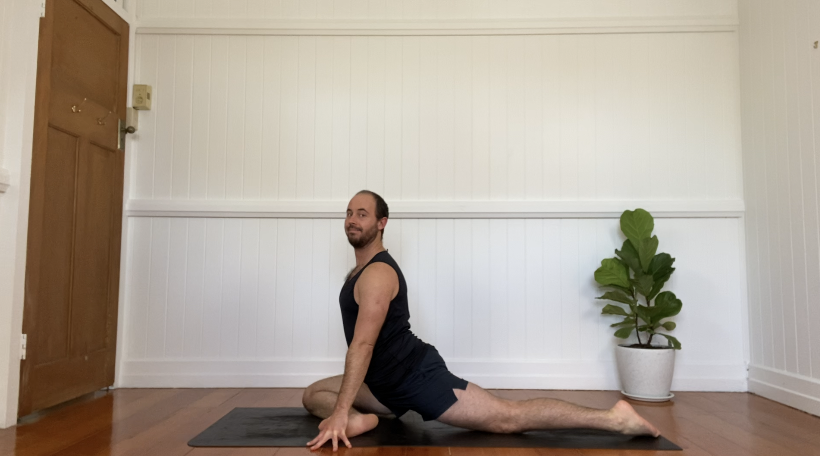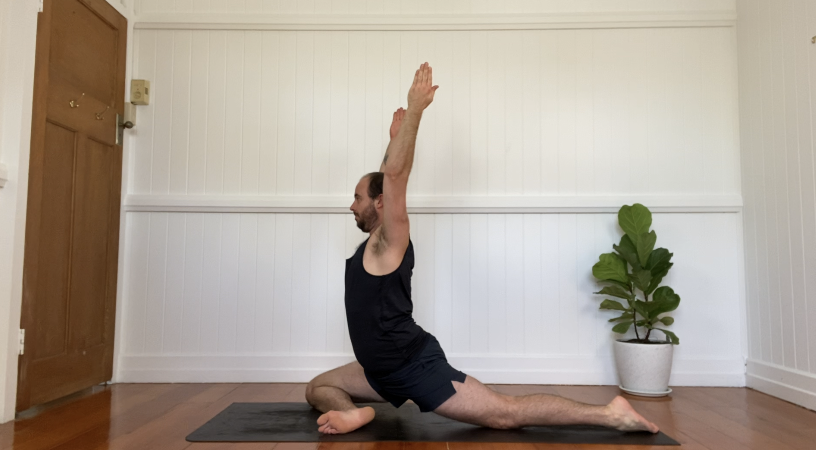3 ways to build hip stability in your yoga practice
In 2018 I tore my hamstring, coincidently during a yoga class. That age-old saying, “injury is your best teacher” has never rung more true. Since this experience, I’ve incorporated strengthening techniques in both my yoga practice and teaching, helping to convey the importance of stability to my students, whilst using these tools to heal my own injury.
The curiosity of greater range in our hip joint often brings many of us to yoga, me included. Yet, our hips are a collection of stabilising muscle, the primary function of which is to bear weight, and in turn to stabilise the upper body, support the lower limbs and absorb shock from movements like running.
Don’t get me wrong, hanging out in Pigeon pose for 2-3 minutes feels good and has its place, but a weak and unsupported hip joint (which includes the hamstrings) can increase the chance of alignment issues, particularly if you’re dealing with an existing injury.
Below are 3 strengthening techniques that can be incorporated into your existing yoga practice to build stability. These poses are used as examples, but the concepts are universal.
1. Use resistance
Short of using a resistance band, it’s possible to use the floor and our hands/arms to create resistance within muscle groups.
Take this easy-cross forward bend, by looping hands (or arms) under the knees and pressing them together, facilitates an engaged outer hip muscle group. As you fold further forward by utilising this technique, you’re creating tension as a muscle lengthens (referred to as eccentric strength).
2. Use props
There are a world of possibilities for yoga props, they’re not just used for sitting or as support for balancing poses (though useful as that is).
Take Bridge pose for example. Practiced with a block in between the legs, we’re able to contract the often weak and lazy inner-leg muscles, which form part of the hip joint.
To ramp it up a level, try practicing Sun Salutation A with a block in between the inner-legs at all times - even during Chaturanga!
3. Engage muscles
It might sound like a simple concept, but it’s easily missed during our yoga practice. Like using resistance, it’s possible to engage muscles in all poses if you’re familiar with how to do so.
Think of a Half Standing Forward Bend, popularised in Vinyasa yoga and often performed in Sun Salutations. By holding this pose and imagining your outer hip & leg muscles are pushing against an imaginary wall, helps to facilitate a contraction.
A similar concept applies in Pigeon pose. By pressing the front foot and shin into the floor, you’ll feel the tone shift towards a more active sensation - in short, your muscles are engaging.
To ramp it up a level, try hovering the hands off the floor whilst maintaining the pressing action of the front foot and shin down.

